
If you're in the market for a new sleeping bag, deciding which one best meets your needs can be a baffling business. From fill and fabrics to temperature ratings and test standards, in this two-part series scientist Matthew Fuller guides us through the minefield.
- Part one explains how manufacturers arrive at their figures. For more details on construction methods, materials and the many variables that affect how warm you'll actually feel in the real world, see part 2.
When looking for a sleeping bag the two main things most people consider are cost and how warm it needs to be. Next might be whether it’s down or synthetic, and the weight or pack size of the bag. Cost, weight and fill type are pretty solid and uncontentious, but ‘how warm is that sleeping bag’ is arguably as confusing now as it has ever been. Hopefully this article will help clear the water somewhat and help people understand what on earth sleeping bag temperature ratings are all about.
The good ole days
The early days of sleeping bags bought from Ye Olde Gear Shoppe were very simple: you bought a bag based on recommendation from a friend, the shop staff, or a magazine. Occasionally you might chance it on a new model from a big name manufacturer. However, as the industry grew and less experienced consumers wanted to buy sleeping bags, manufacturers needed a simpler way to advertise how warm their products were. Alternatively, as the industry grew and companies tried to get an advantage over their rivals and make more money they invented new ways to measure how warm their bags were. (Choose explanation depending on your level of cynicism!)
This led to the development of loads of different methods of testing the warmth of sleeping bags, from simple lab tests to complex lab tests, to field tests, even just measuring the thickness of the bag (which doesn’t work). There were simple rules of thumb too: 400g of down meant a summer bag or ‘two season’ bag; 800g or above was a winter bag or ‘4-season’ bag. Despite the growing complexities of sleeping bags, these simple rules have stood the test of time better than many other tests. Number-specific temperature ratings soon arrived as the ‘most accurate’ way to describe the warmth of a bag: “my -12 °C is loads warmer than your -10 °C bag!” This is where the real arguments begin.
The bad ole days
The problem with loads of different tests used to measure sleeping bags is that you can’t compare one bag with another. The same bag tested three different ways might get three different ratings, so how do you know warm it will really be? Historically, comparisons between brands from the same country generally weren’t too difficult, but if comparing USA manufacturers to UK manufacturers to German manufacturers it was basically impossible. Inaccurate temperature ratings came to a head when much cheaper sleeping bags were released on to the market with temperature ratings seemingly completely made up. Suddenly, high street shops and supermarkets were selling sleeping bags with the same claimed warmth as specialist bags that cost ten times more.
Standardisation
This clearly had to stop, and so a sleeping bag testing standard was developed. While not legally binding, it meant that if manufacturers released bags onto the market that had wildly inaccurate temperature claims then they could be reported to trading standards. The Standard, EN 13537: “Requirements for Sleeping Bags” was introduced in 2002 and was a big step forward in trying to standardise the temperature ratings given to sleeping bags, meaning that consumers could compare sleeping bags from different manufacturers with relative ease. The 2002 standard has since been superseded by the EN 13537: 2012 standard. In Europe, the EN 13537 test is the most widely-used test for performance sleeping bags and its use is also common elsewhere. In the USA, REI now display EN 13537 data on the sleeping bags that they sell. Most sleeping bags on sale in the UK will be tested according to EN 13537, though some cottage manufacturers might not worry about it (after all it is an expensive test which needs an independent lab to carry it out). The EN 13537 Standard itself undergoes fairly regular tests and reviews, and there are occasional meetings where testing labs and brands meet to discuss possible improvements or developments.
EN 13537
The EN 13537 test uses a person-shaped heated manikin composed of numerous different zones each equipped with their own temperature sensors and power sources. The manikin is used inside a climate-controlled room and lies on a standardised sleeping mat. He wears a set of standard pyjamas and a cold weather mask which lends him a frankly terrifying appearance. This is made worse by the data from the manikin often being fed to a computer by cables which come straight out of the manikin’s eyes. Thermal manikins do not make good sleeping companions.
The manikin is put inside the test sleeping bag and because the room is cold and the manikin is warm, the power required to keep the manikin warm is measured to determine the thermal resistance (warmth) of the sleeping bag. The test is carried out until steady-state or equilibrium is achieved, which takes a few hours.
Once the manikin test is completed, the thermal resistance numbers are correlated to a series of temperature ratings given in the Standard. This conversion is based on testing with real life people going back many years. The temperature ratings that the Standard pumps out are the:
- Comfort temperature. This is where a ‘standard woman’ with relaxed posture is just not feeling cold. If you’re an average woman this is the temperature rating that you should probably pay most attention to.
- Limit temperature – This is where a ‘standard man’ with curled up posture is just not feeling cold. If you’re an average bloke this is the number that you should perhaps pay the most attention to, and it is the number which most shops and brands make the biggest deal out of.
- Extreme temperature – This is where risk of health damage to a ‘standard woman’ by hypothermia occurs. This one can basically be ignored unless you have a masochistic bent.
The EN test has got rid of a lot of the big discrepancies between manufacturers and is fairly repeatable, to within a couple of degrees. It relies on a manikin that provides a consistent heat source unaffected by diet, feeling tired, mindset, or other factors that might affect the thermoregulation of a real person, and so it is better than some of the field trials that went before. Also, unlike some other lab tests, it measures a whole sleeping bag. However, like many testing standards it is not perfect, and it’s important to remember that the test measures the thermal resistance of a bag on a manikin which might not represent you or the way you sleep, and in an environment that is not necessarily like the one you sleep in.
Drawbacks of the EN 13537 test
There are a few drawbacks of the EN 13537 test, and three of them are explained below:
Manikin shape
The manikin used in the test is roughly person-shaped, but actually varies a little bit depending on which lab carries out the test. The problem is that any tightness of the bag around the manikin will result in the insulation getting compressed and the bag being perceived as colder than it really is. Of course, the same thing would happen with a real person, except a real person would pull their arms in if they are cold and will curl up, making themselves smaller. As a result of this, the manikin test favours large sleeping bags, even rectangular caravan bags which might be freezing for slighter people, and you will often see poor EN 13537 results for bags cut with a tailored or slim fit. The crucial fact is that unless the manikin accurately represents your size then the insulation offered by the sleeping bag will differ: an overly-large sleeping bag allows air to circulate around you, making you cold, while a bag that is too small will be constrictive and compress the insulation around you, again making you cold. It is for this reason that if you are trying to make a good and informed decision on buying a sleeping bag then it is essential that you try it for size the way you would a jacket or pair of climbing shoes. Most brands have different sleeping bag fit options available to suit different sized people, but also to suit different amounts of clothing. Expedition bags, for example, may be sized to accommodate sleeping in a down suit and maybe even stuffing your boots inside the bag (grim). Women’s sleeping bags frequently aren’t tested to EN 13537 at all, because the bags are sometimes too small for the manikin, and so results are usually extrapolated from men’s bags.
Winter sleeping bags
Another important thing to remember is that the EN 13537 test excludes the testing of “extreme climate zone expedition” sleeping bags. This is (deliberately?) pretty vague, and while the test doesn’t apply to bags which have a measured limit temperature colder than -24 °C, some manufacturers have begun to think that below approximately -18 °C/5 °F, maybe even below just -15 °C, the accuracy of the test breaks down. In short, the reliability of the manikin drops off because the sheer warmth of the sleeping bag makes it hard to get good readings. For sleeping bags containing over 1000g of down, or outrageously thick synthetic bags, the test can produce results that may differ significantly from the experiences of real users. The warmer the sleeping bag, the more the discrepancy increases. As a result, if you are buying a bag for very cold conditions then you need to do it the old fashioned way: talk to experienced friends or shop staff, do your research, and buy from a trusted brand who might have done testing in addition to that of the manikin test. These methods are likely to be more reliable than trusting temperature ratings produced by EN 13537. Also, use a bit of common sense: if a bag contains 1200 grams of down it’s likely to be warmer than one containing 800 grams of down unless the manufacturer’s pulled off some seriously clever stuff or one of the bags uses terrible quality down. Having said that, there is a lot more to ‘how warm is my sleeping bag’ than how much down is in it.
The effect of face fabrics
When sleeping in a hut or in a sheltered tent the face fabric (the fabric on the outside of the bag) does not really affect the warmth of the bag, assuming that the bag remains dry. This is because there is very little air flow over the sleeping bag in these conditions. However, if sleeping outside with no shelter, or in a draughty tent with a gale blowing through it, there is a lot of air flow, and this means that face fabrics are suddenly very important in determining how warm the sleeping bag is.
The EN 13537 test is carried out with air moving directly down on to the bag at about 1 kmph. This is a faster air flow than most users might experience if in a good tent, in a hut, or in a bivvy bag, where air is relatively still. This difference doesn’t matter for most sleeping bag face fabrics which keep the wind out. However, if the fabrics used on the sleeping bags are very air permeable then this means that in the EN 13537 test these bags tend to produce poor results. So why would you want a sleeping bag fabric that produced a poor temperature rating? The problem is that in most real life conditions an air permeable fabric does not make a bag seem cooler, and there are plenty of advantages to these fabrics: they are exceptionally breathable, very comfortable, and fast drying. Air permeable fabrics also have a remarkable ability to dry wet layers inside them, which is a real benefit to people on multi-day trips. Also, many of the world’s lightest fabrics are highly air permeable: these are used on the sleeping bags that push the envelope of performance, but they get poor EN 13537 results. This can lead to manufacturers being pretty sheepish about their lightest bags’ EN 13537 results, or it makes them hide the results away altogether.
The thing to remember is that if you’re buying a sleeping bag with a lightweight uncoated face fabric (perhaps under about 35 grams per square metre) then in most conditions the bag might be a fair bit warmer than the EN 13537 rating suggests.
What does this all mean for EN 13537?
EN 13537 is still the best rating system that we have ever had for sleeping bags and definitely shouldn’t be dismissed despite some of its shortcomings. However, comparing two bags that are within a few degrees of one another on EN 13537 merely shows that they are similar in warmth; it doesn’t necessarily show that one bag is a few degrees warmer than the other.
If we were a typical bloke we would look at the EN 13537 Limit temperature and use that to mean roughly the temperature at which we could use the bag to without feeling cold. If we were a typical woman we would look at the EN 13537 Comfort temperature to gauge roughly how warm a bag would be for us. It’s important to think about you though: do you tend to feel the cold or not? If you do, buy conservatively. If manufacturers use their own temperature rating (e.g. Mountain Equipment Good Night’s Sleep Guaranteed, Rab Sleep Limit, etc.), in addition to EN 13537 this might be a useful additional temperature rating to consider, and should at the very least provide solid comparisons between that manufacturer’s models. Manufacturers might have used field testing, tog testing (a type of lab test), cold chamber tests, or other methods to help influence their own temperature rating.
However, the temperature rating is far from the only thing that you should consider when buying a sleeping bag, and there are a whole host of things you can do to influence how warm a sleeping bag might be. There’ll be a whole lot more on that in the next instalment…
About Matthew Fuller
Matt is an experienced hiker, keen mountaineer, and terrible rock climber. Most weekends he can be found hiking, climbing, running or cycling in the hills. After 9 years of university, including the world's first PhD in down and its use in the outdoors, he decided to get a job. He is now lucky enough to work for Mountain Equipment as a Product Engineer where he works on R&D, marginal gains, number-crunching, and, obviously, down products.
- Buying a Sleeping Bag? Part 2: Which to Choose & How to Stay Warm 20 Apr, 2017
- Down: The Science of The Ultimate Insulator 9 Jun, 2016
- Insulation Explained, part 2: How Clothing Works 20 Dec, 2012
- Insulation Explained, part 1: Staying Warm 14 Dec, 2012
- Waterproof Breathable Fabric - Explained 11 Apr, 2012

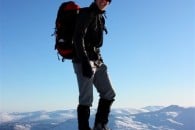

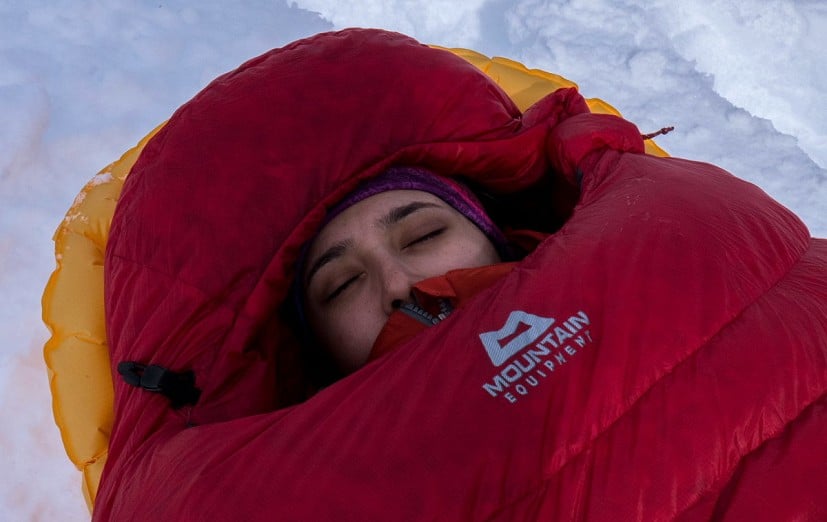
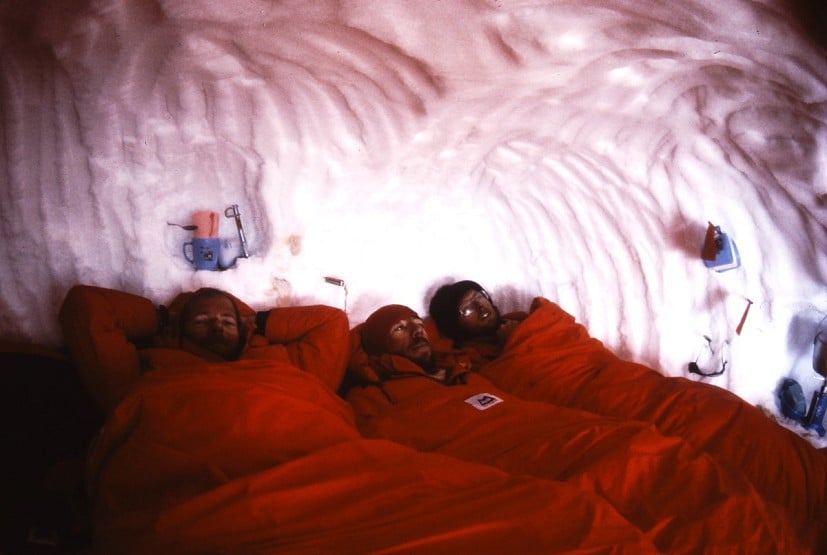

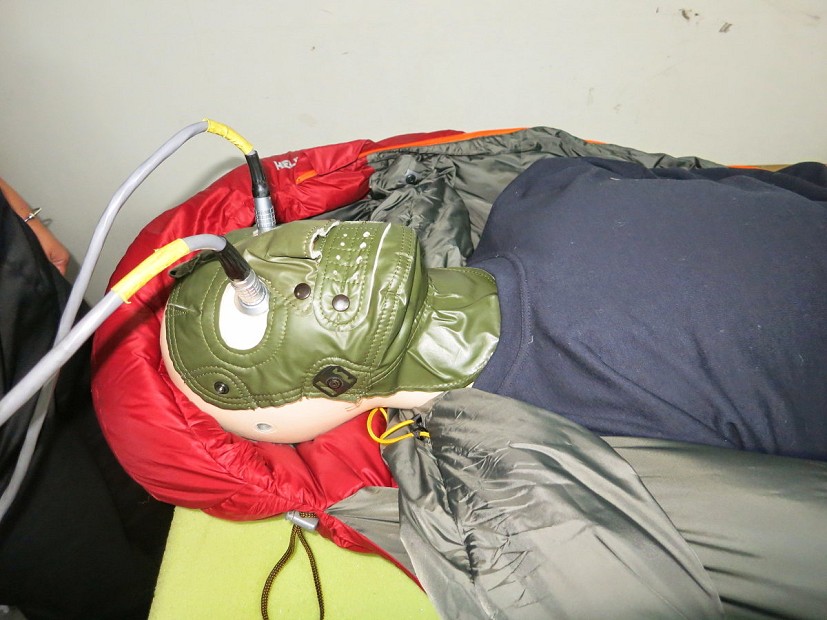
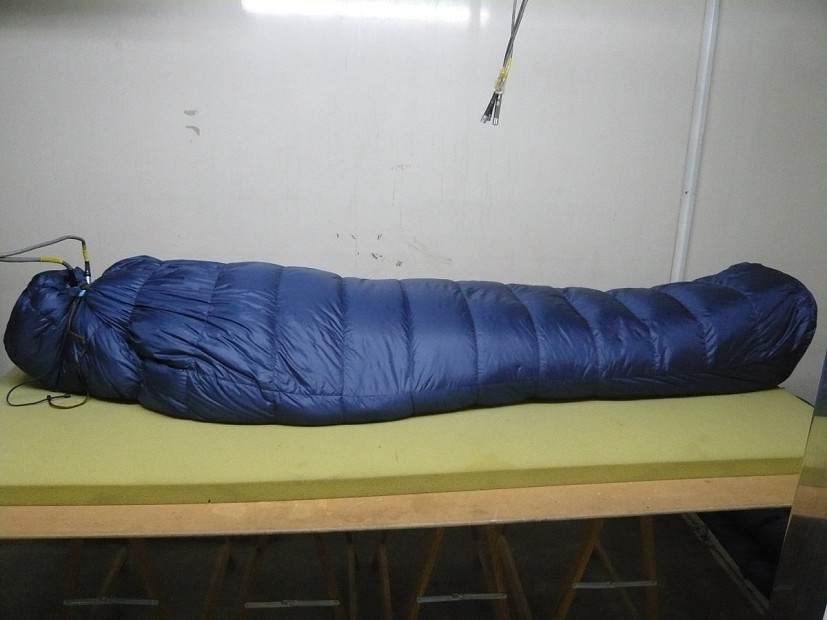
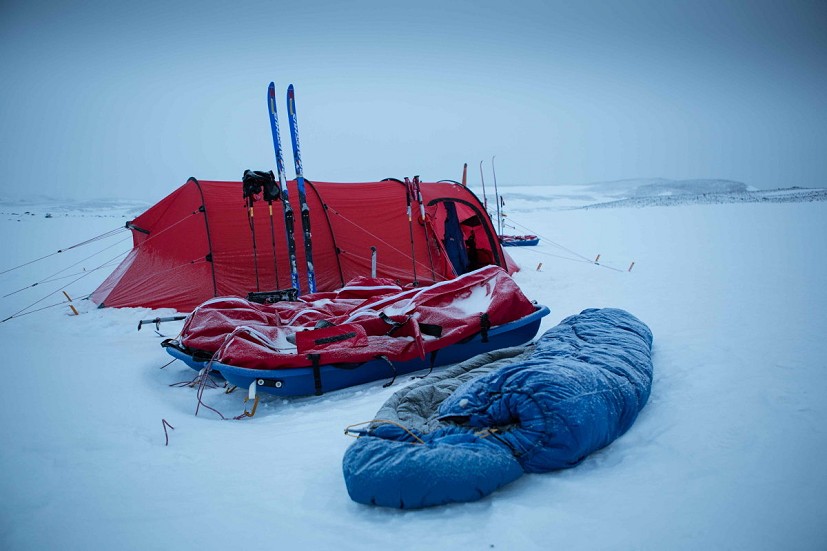
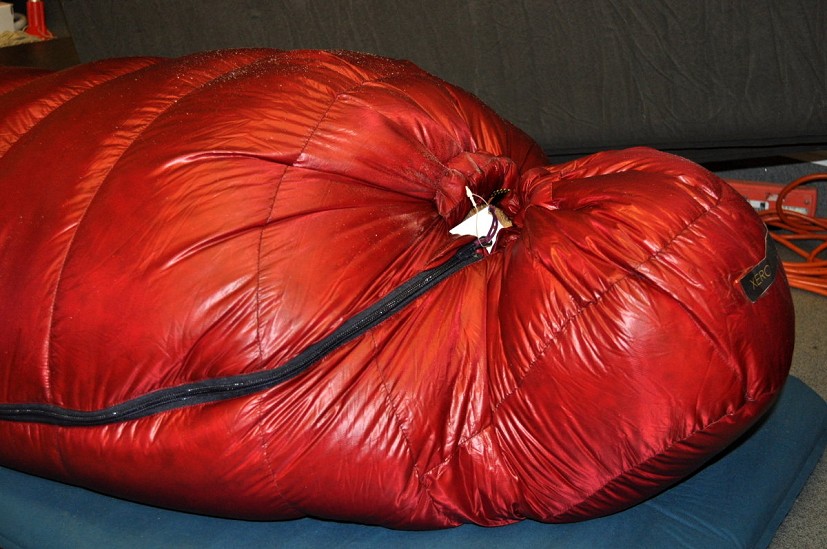





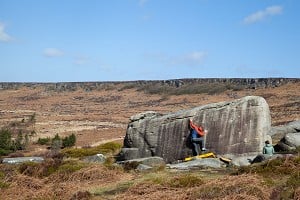

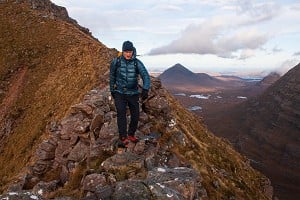
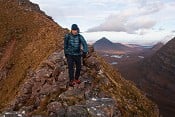


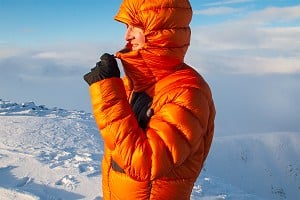
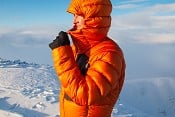

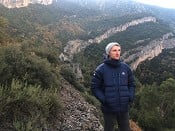
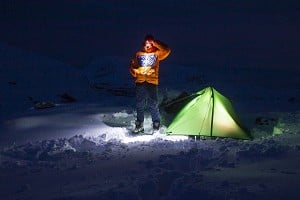
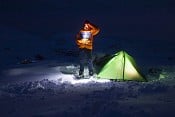
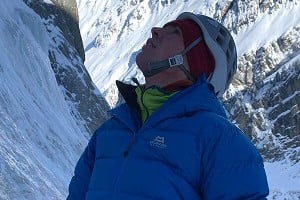
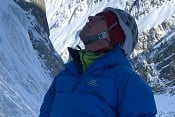
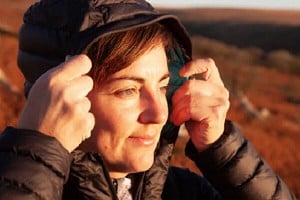
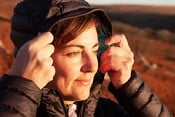
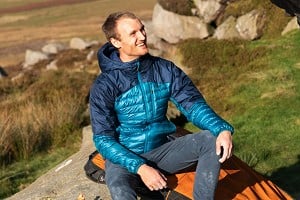
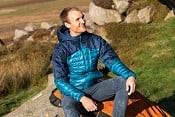
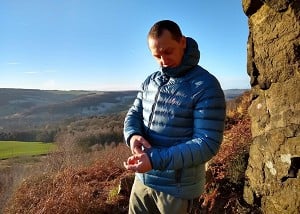

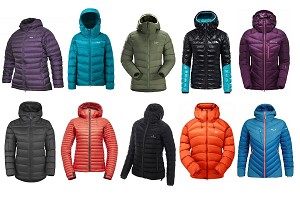
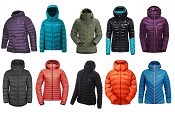
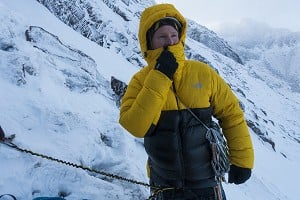
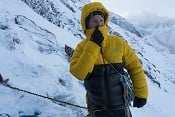
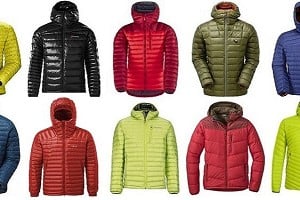
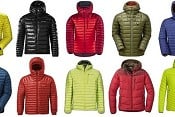
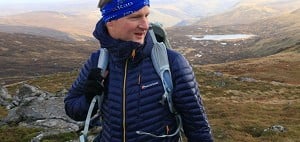

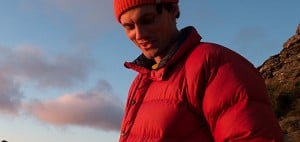

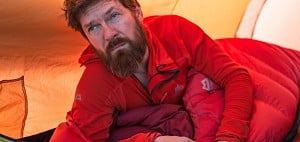



Comments